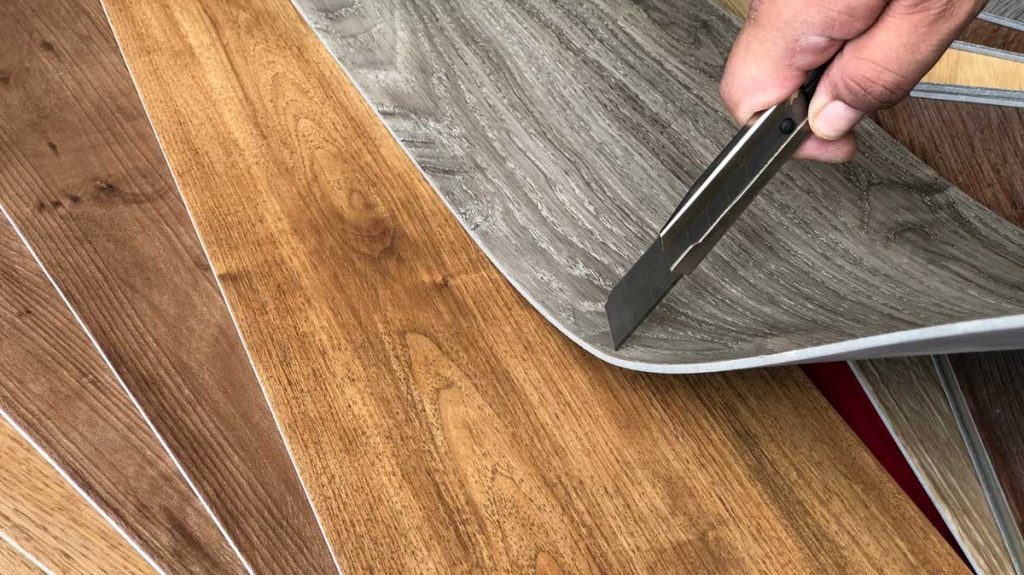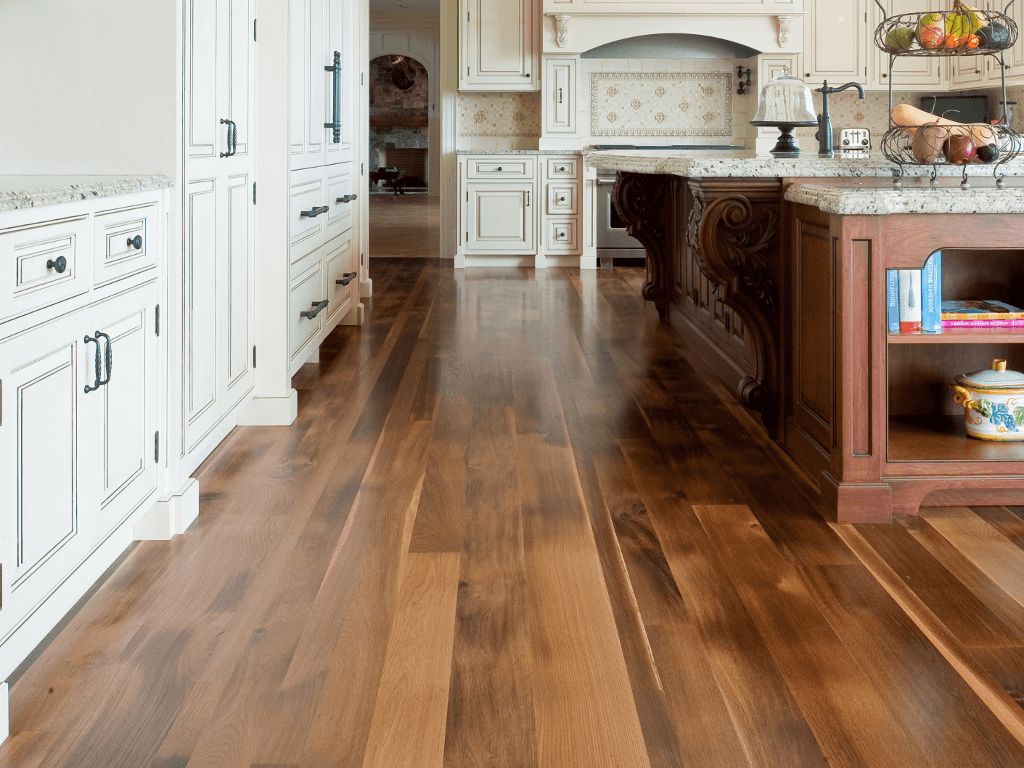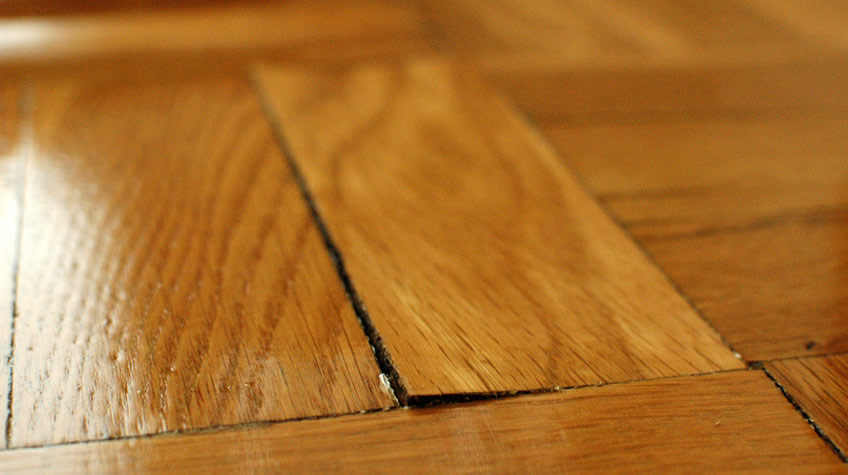Laminate Flooring for Kitchens
There comes a time in every homeowner’s life when they have to ask themselves, “what flooring material should we put down in the kitchen?”
Perhaps the prospect of choosing a kitchen floor doesn’t fill you with excitement, but it is a critical decision (no pressure). Your kitchen floor suffers a lot of wear and tear, and it needs to stand up to everyday grime, regular cleanings, spills, stains, and heavy drops.
Ceramic, porcelain, and slate are good choices because of their durability and water resistance, but they are also pretty spendy. Hardwood might seem like an appealing choice because of its natural beauty, but it’s susceptible to staining and notoriously prone to damage, especially in a high traffic area like the kitchen.
So what is the right choice for you? There are plenty of options, but ultimately, you can only pick one. You want flooring that is durable, affordable, water-resistant, and can take a thorough scrub-down. And finally, you want something that’s attractive and fits your home’s unique style. That’s why we often suggest laminate.
The Basics

Image from inchcalculator.com
So what exactly is laminate flooring? Laminate has been around since 1977. A Swedish company called Perstorp had the brilliant idea of upcycling waste wood projects into affordable and durable floor coverings. Laminate is a hybrid textile consisting of a particleboard wood base underneath a pattern layer and topped off by a protective wear layer.
The wear layer that covers laminate flooring works hard to protect the textile underneath. This thin, clear plastic sheet safeguards the pattern layer and particle board from UV rays, scratches, and moisture absorption.
This textile can sometimes be called laminate wood flooring, which is true to a degree, but laminate is not wood in the same way that hardwood is. It is made out of wood chips that have been compressed and bound with chemical agents to form it into a sheet.
The Look

Image from homedit.com
Laminate is one of the most aesthetically versatile flooring materials out there. It comes in a multitude of colors, styles, and patterns, and can mimic the look of almost any other textile, from hardwood to tile and natural stone. From a distance, the imitation can be extremely convincing.
Because the pattern layer is separate from the supportive sub-layer, laminate has the flexibility to take on any appearance. The pattern or image layer can essentially be described as a high-definition photograph that is safely encased between the particleboard and top wear layers.
Where other flooring types might have natural defects, knots, or inconsistencies, laminate gives you a smooth, even finish every time. From sleek and contemporary to timeless elegance, there is a laminate to meet every need.
Wear and Tear

Image from ultimatefloorsanding.co.uk
Here’s where laminate gets a bit of a bad rap. It doesn’t hold up well when exposed to a lot of water, causing it to swell and distort, making it a poor choice for bathrooms and laundry rooms. However, laminate isn’t the only type of flooring that’s susceptible to water damage. Almost every flooring material, no matter how water-resistant, has limits to its absorption.
In that way, laminate is on par with engineered wood or hardwood. The key to protecting your laminate from moisture is to ensure that it is installed with tight seams and well-sealed edges. So long as you are careful and clean up splashes and spills right away, your laminate is in no more danger from water damage than any other type of flooring.
Aside from water, laminate is highly durable, scratch and stain-resistant, and holds up well against fading. Maintaining your laminate floor is as simple as sweeping it regularly and occasionally running over it with a damp mop for a deeper clean.
Despite being relatively thin, laminate is hardy enough to withstand the usual kinds of kitchen traffic, and it is ideal for households with pets and young children.
Cost

Photo by: Africa Studio
The affordability of laminate is one of the most compelling reasons to invest in it. In contrast, porcelain tiles and hardwood can cost you a pretty penny—between $6-10/sqft. and $8-$15/sqft., respectively—laminate is usually sold for around $3/sqft.
And the best part is that any individual component of a laminate floor can be easily replaced. If you choose laminate, we suggest buying a few extra planks in case you end up needing replacements.
If you’re ready to reap the rewards that laminate flooring offers, Winthorpe Design & Build is here to help. Let us design, order, and install the perfect floor for you, so you can sit back and enjoy the results. Connect with us today, and let’s talk about it.





